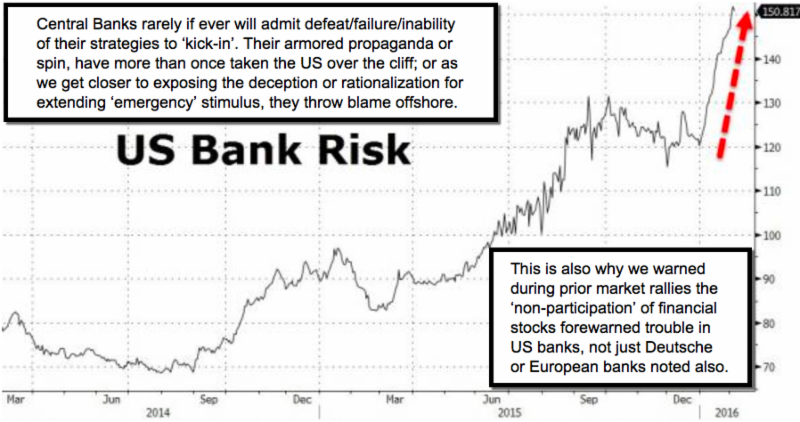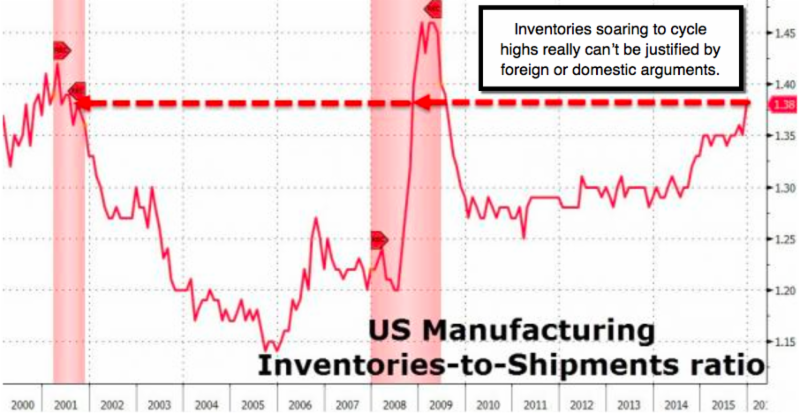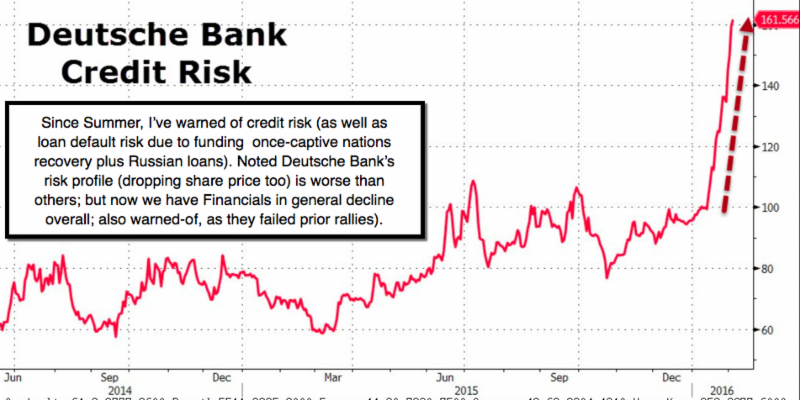
Pundits ‘hunting’ for ‘Signs of a Bear’ are almost in a frenzy debating how many days a bearish trend lasts over, and whether it’s absent or in-anticipation of, a ‘recession’ starting. Of course history is quite replete with examples and a slew of variations; so the exercise in mapping-out expectations seems futile.

That’s so, in particular, as none of the alternatives generally offered, presume a recession ‘already’ underway in the United States. Yes you have to have two or more consecutive negative Quarters; but in our view you can track that from the economic higher in July, which coincided with an S&P rebound peak we called for, and suggested since, because earnings estimates and GDP forecasts were beyond realistic ones, that you’d probably look back and track it to July.

If so, what does that mean for the market. It merely confirms that a distribution of nearly-historic range should have taken place through the late Winter, Spring and no later than early-mid July of 2015; and for some (like insiders using their buyback plans to boost shares to enhance executive compensation; proven by the insider sales that SEC filings reported many made during the ‘enthusiasm’) it was a form of harvesting funds while they could.

It’s important that we identified that activity last year; because besides an ‘edge’ on what so many are talking about now, it means their speculation about ‘if’ we even have a recession (or sufficient growth to justify prices) isn’t just academic or futile, it’s inaccurate, because the activity they are speculating forthcoming or not, is ongoing. That includes the overall market downtrend, which would have duration varying according to whether we’re in recession.

Since the market top was last year’s Spring, and not late December, November or any other rebound ‘save the day Hail Mary’ rebound (such as they’re trying a reflexive rebound from the interim low identified over two weeks ago); it means there’s some good news: just by counting days for the average longevity on the downside, it could mean that the Bear Market ends in the 3rd or 4th Quarter of this year (much depends on how quickly the pattern evolves).















